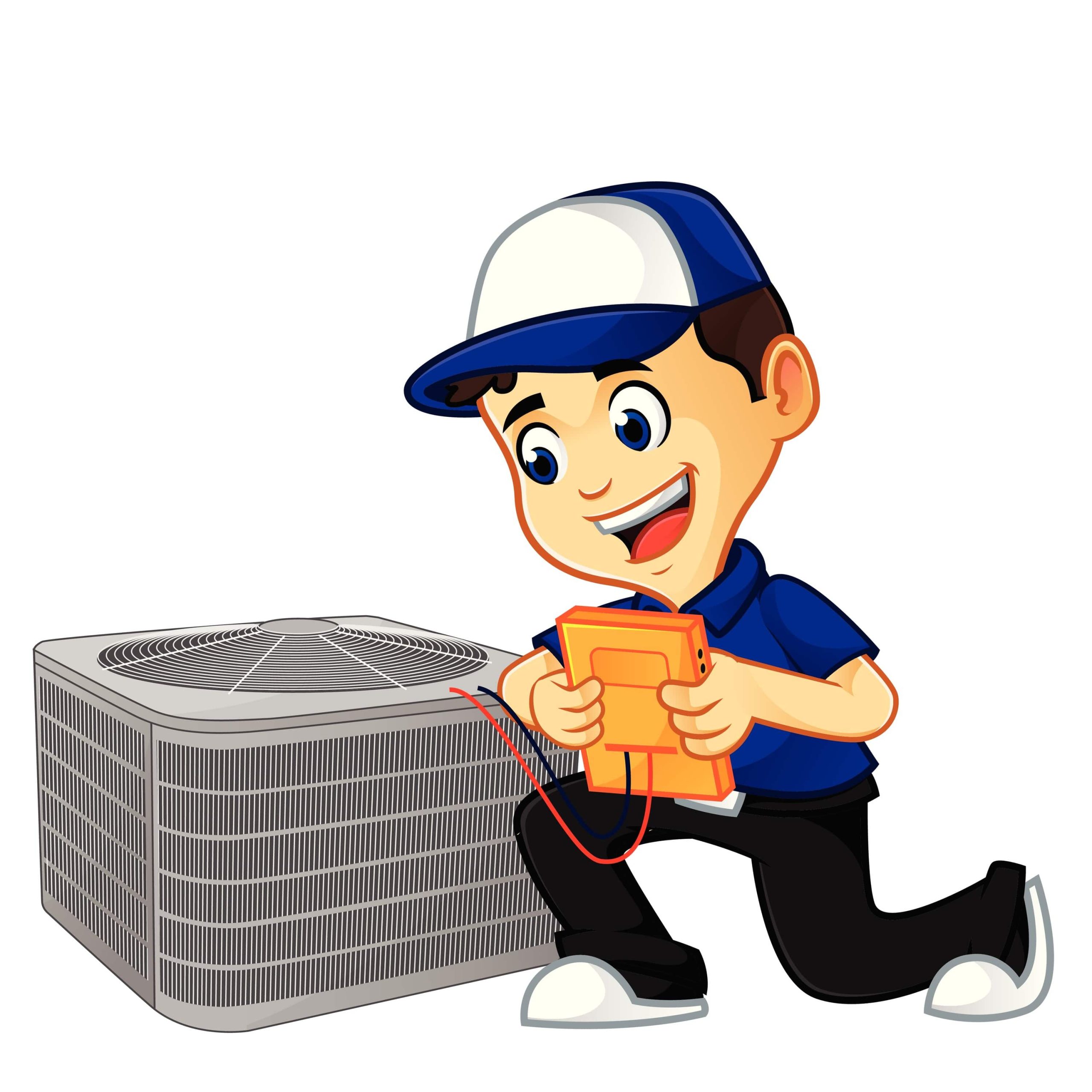
Tools of the Trade: Ultrasonic HVAC Leak Detectors
What do air conditioning systems, confidential information networks, and inflatable bouncy fun houses all have in common? They all suffer when leaks happen! An HVAC leak happens when pipes and ducts become worn out or are damaged through the course of their service life. An HVAC system can leak things like coolants which can make it hard for the system to work, or cause damage. It is important to properly maintain an air conditioner to prevent leaks, and to schedule regular maintenance with a local, licensed HVAC service provider so any leaks can be detected and repaired.
But how does a HVAC technician find a leak? Although an oil leak or water leak may be visible and detected by the naked eye, air conditioners also contain coolant in the form of gas that is invisible to the human eye. The escaping gas can also be silent, offering no clues to where it might be leaking out. There are several tools, both tried and true classics to the newest technologies, that help detect an HVAC leaks.
The Missing Leaks
Usually the first sign of an HVAC leak is that there is a problem with the unit’s performance. If the refrigerant used in an HVAC system is escaping, then the system cannot operate properly and may suffer from decreased performance that can eventually harm the unit. Signs of a coolant leak can range from a hissing noise coming from the unit, frozen evaporator coils, low airflow, or the air conditioner blows hot air when it should be blowing cool air. Leaks can also occur over time as the unit shifts and vibrates throughout normal service.
This can make a household’s air temperature and humidity very uncomfortable. A cycle of damage begins, where the system has to try and work harder to compensate. More coolant begins to leak out, which further stresses the system until it can no longer function at all. When an HVAC symptom is acting up, it may be time to start looking for leaks. But how does a technician find leaks that can be as small as a pinhole?
SEE ALSO: Top Eight Most Common HVAC Problems
Use Your Senses
Some of the first and greatest tools in a technician’s kit for finding leaks are their own senses. A hissing sound is one of the first clues that the air conditioning unit is leaking. Pressurized coolant forcing its way out of a crack or damaged portion of the system creates an audible sound. Technicians can narrow down the source or sources of the leak by listening, covering the potential leak spot, and then determining if there are more audible leaks and repeating the process. Since there may be more than one leak present, eliminating leaks by this method, as they are detected, must be done through the entire system. Some coolants and chemicals within an HVAC system have a particular smell to them and a technician can carefully follow their nose or use that smell to tell what is leaking and narrow down where the leaks might be.
Tried and True Detection
When a technician cannot detect an HVAC leak on their own, they can use other ways to “sniff” out a coolant leak. To make invisible gas leaks visible, leak detecting liquids are sprayed onto parts of an HVAC system . The liquid will bubble up as a tell-tale marker for when a leak is present. These are also used after repair, ensuring the leaks are sealed. Leak detecting fluids are also available at home repair and hardware stores so homeowners can attempt their own assessment, although it is highly recommended to schedule a service appointment with a local, licensed HVAC service provider for proper repair.
Ultrasonic Technology
Then there is the ultrasonic leak detector. An ultrasonic leak detector is attuned to the same sounds given off by larger leaks heard by the human ear, but “hears” with a far greater sensitivity. Ultrasonic leak detectors are finely tuned, able to hear the noise of gas escaping from a leak. These devices are far more sensitive than human hearing, detecting leaks with as little as 1 psi (pressure per square inch) of force behind it. Much like how a cat’s ears are finely tuned to the squeaks of prey that a human cannot hear, ultrasonic leak detectors are made to detect leaks, even at distance. Technicians wear headphones attached to the ultrasonic leak detector, allowing them to hear the leak as the detector does. When the leak is detected, the device’s visual display lights up. This alerts the technician to the leak’s location.
No Leak Left Behind
Leaks occur in HVAC systems and air conditioning units through damage to the pipes and tubes or through the vibration and shifting of the unit during its normal service life. These leaks allow gases like coolant to escape from the HVAC system, causing poor performance and damage to the system over time. HVAC technicians have an arsenal of tools at the ready to help detect these leaks. These techniques help technicians find small, quiet leaks that could not be detected otherwise. Schedule regular maintenance to help prevent leaks and makes sure they are repaired quickly. This prevents coolant from being lost and ensures home air comfort is maintained year round. These tools of the trade are on hand to help make sure your home is kept comfortable and happy through good HVAC performance.
SEE ALSO: Contact Us


